Walking school
Some of us seem to be just flying over unstable rocks, hiking effortlessly on un-even terrain without even peeking on the ground.
I am not one of them. For me, every step is an adventure. Gravel on a slight slope? Terrifying! And while I know, I will never be as good as many, I am have improved and my cursing has decreased with these techniques:
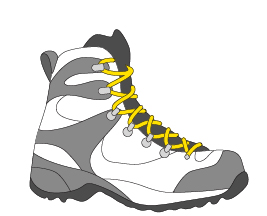
1. The perfect fitting boots
Trekking boots are supposed to give you hold on problematic terrain and make an optimal connection between you and the surface. There are mainly two different options from which to choose: A boot or a shoe. If you are planning to trek in rocky and unstable terrain, a boot will help you to avoid twisting one of your ankles. If you are just on a day hike in an easygoing terrain choose a shoe, it is way lighter, and the extra shock absorption will be the better alternative.
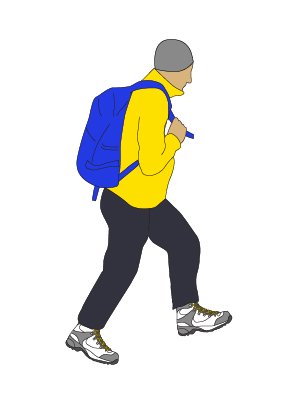
2. Uphill (steep terrain/ short steps)
To get more grip on the ground and more support from your shoes/boots try to use the entire sole. The upper body is slightly bent.
The steeper the terrain, the shorter the steps become.
In very steep terrain, you only use the ball of the foot to save strength and to not get out of balance. If the step height is no bigger than a typical step, the center of gravity is placed centrally over the stressed foot.
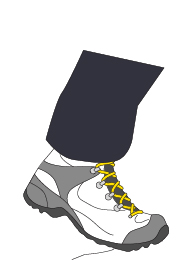
3. Downhill
Use your heel, while descending on good paths. Slightly bent knees and a roll over the ball of the foot is ideal. A slightly forward tilted upper body protects the joints and brings the center of gravity over the sole.
To reduce the risk of tripping, the view is directed to the ground. On uneven ground, you set up with the ball of your foot to have a stable stand.
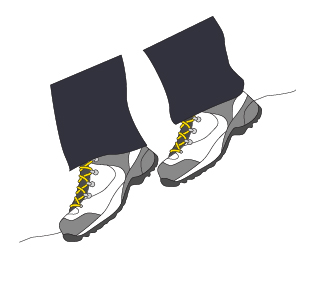
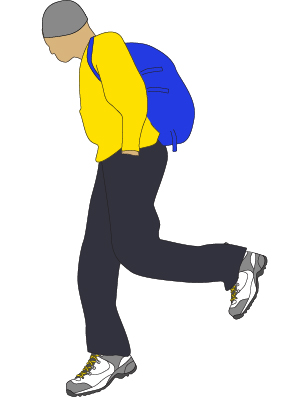
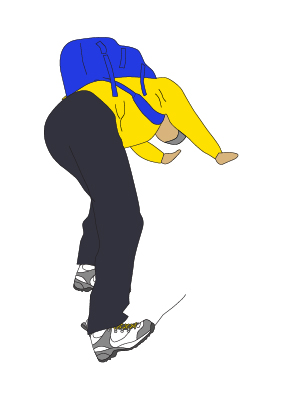
4. Difficult Terrain
On stable rocks, you use the entire sole to increase friction. On dangerous terrain make small steps and use the hands for stabilization if necessary. On steep downhill sections turn your body descends backward.
5. Rubble and gravel
Uphill, large, stable stones give a good grip. On loose ground solidify your grip with vigorous steps.
While walking downhill on gravel or small stones, you put the heel with an emphasis on the terrain, the upper body slightly bent forward.
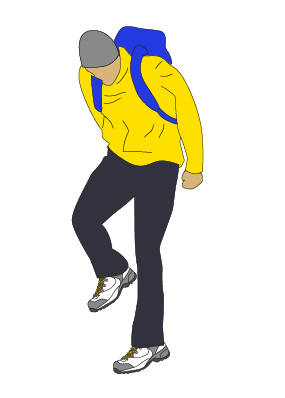
6. Trekking Poles
When using trekking poles your walking technique and feeling of balance suffer. Poles should only be used to maintain balance in difficult terrain or while carrying heavy backpacks. Don’t overuse them.
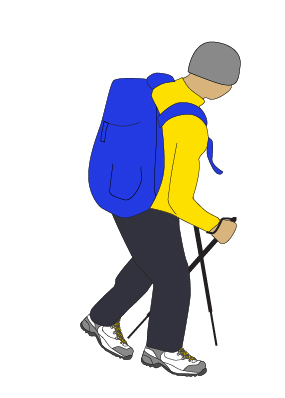


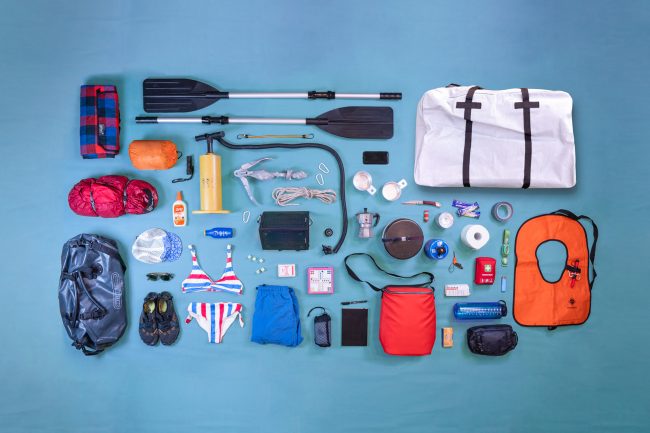
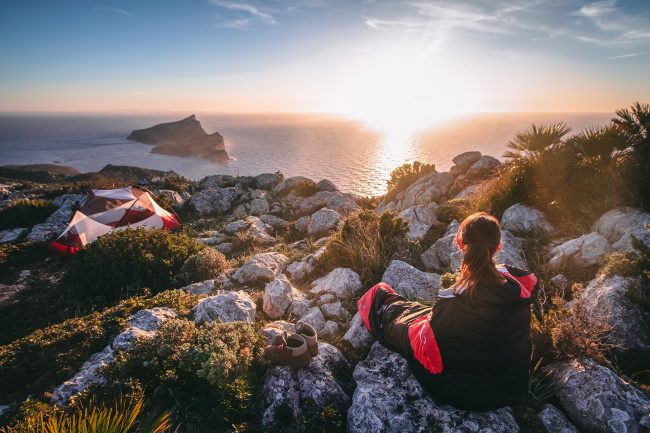
Really nice and informative webite, really great ,just can you guide me I am normal guy , how much walking practice need to be there on EBC , i am planning oct 2021 , I have started walking normal street around 10 to 12 km per day , 2 times in a week and daily warm up excise , before the 15 days of the departure date , I will start walking daily 10 km , is it fine ?